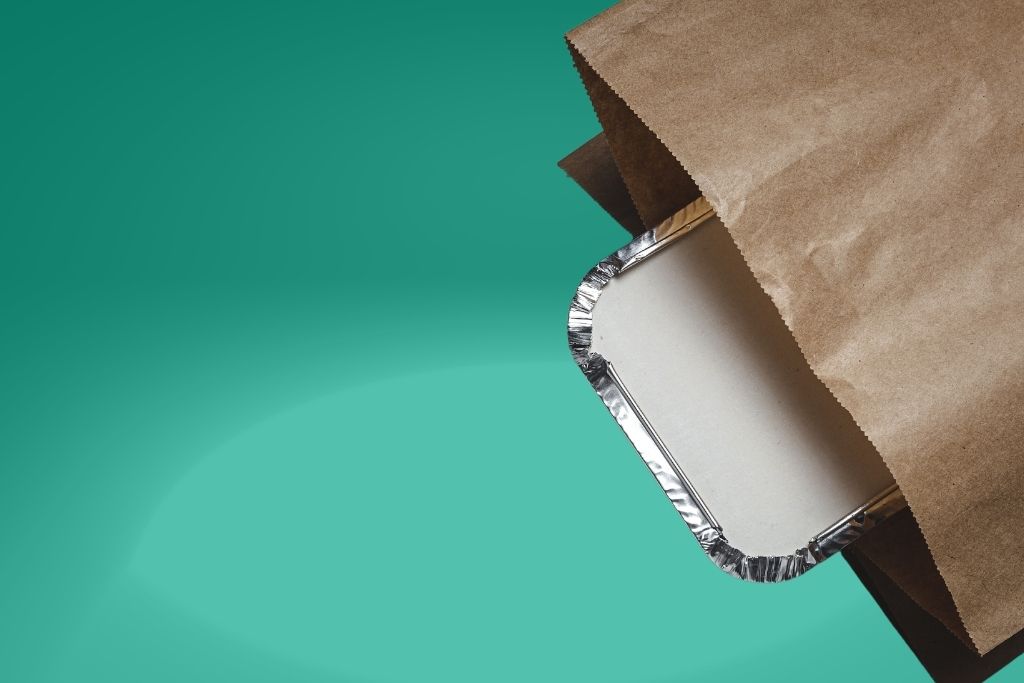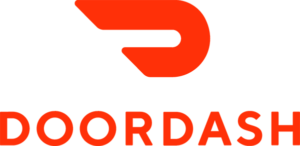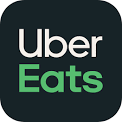
Third party food delivery apps are an important – and growing – revenue stream for many restaurants and retailers. According to research, the food delivery market size is projected to grow to $320 billion by 2029. While exposure to new customers, increased revenue, and efficiency motivate many restaurant owners to sign-up with a food delivery app, managing that revenue stream can prove confusing and challenging.
Sales tax liability on 3rd party food delivery apps is an important detail to understand and ensure you have set-up correctly. In fact, many states have recently changed or enacted laws around who is responsible for collecting and paying sales tax. You could be double-paying sales tax on these orders and not even know it. In this blog post and chart, we break down:
- How It Works: Who Pays the Sales Tax?
- Sales Tax Remittance Chart by State
- Links to Food Delivery Apps’ Sales Tax Information
- Tips for Managing Your 3rd Party Food Delivery App Revenue Stream
Who Pays the Sales Tax?
Figuring out which entity is responsible for paying sales tax on orders from third party food delivery apps is a “must” when setting up a process and configuring your POS. If you don’t have sales tax configured properly, it’s possible that you could be double-paying sales tax. In other words, if the food delivery app company is collecting and paying sales AND you are reporting revenue on that order to the State for sales tax purposes, it may seem as if you owe sales tax on that order. But in fact, the food delivery app company has collected and remitted sales tax. By setting up a process to enter orders and configuring those orders accurately, you can avoid the risk of overpaying sales tax.
Every state is different and every delivery app is different when it comes to sales tax liability. Your best bet is always to consult the delivery app’s terms and agreement or help section. We’ve compiled Grubhub, DoorDash and Uber Eats’ policies, by state, in this handy chart:
CHART
| 3rd Party Delivery Apps Tax Remittance Chart | ||||
|---|---|---|---|---|
| Learn who is responsible for paying sales tax to the State | ||||
 |  |  | ||
| Alabama | ✔ | ✔ | ✔ | |
| Alaska | ✔ | Local taxes and fees passed back to merchant | ||
| Arizona | NR | NR | ||
| Arkansas | ✔ | ✔ | ||
| California | ✔ | |||
| Colorado | ✔ | ✔ | ✔ | |
| Connecticut | ✔ | ✔ | ||
| Delaware | ||||
| District of Columbia | ✔ | ✔ | ✔ | |
| Florida | ✔ | ✔ | ||
| Georgia | ✔ | ✔ | ✔ | |
| Guam | ||||
| Hawaii | ✔ | ✔ | ✔ | |
| Idaho | ✔ | ✔ | ✔ | |
| Illinois | ✔ | ✔ | ✔ | Local taxes and fees passed back to merchant |
| Indiana | ✔ | ✔ | ✔ | |
| Iowa | ✔ | ✔ | ✔ | |
| Kansas | ✔ | ✔ | ✔ | |
| Kentucky | ✔ | ✔ | ✔ | Local taxes and fees passed back to merchant |
| Louisiana | ||||
| Maine | ✔ | ✔ | ✔ | |
| Maryland | ✔ | ✔ | Local taxes and fees passed back to merchant | |
| Massachusetts | NR | NR | ||
| Michigan | ✔ | ✔ | ✔ | |
| Minnesota | ✔ | ✔ | ✔ | |
| Mississippi | NR | |||
| Missouri | ||||
| Montana | ||||
| Nebraska | ✔ | ✔ | ✔ | Local taxes and fees passed back to merchant |
| Nevada | ✔ | ✔ | ✔ | |
| New Hampshire | ||||
| New Jersey | NR | ✔ | ||
| New Mexico | ✔ | ✔ | ✔ | |
| New York | NR | NR | ||
| North Carolina | ✔ | ✔ | ✔ | |
| North Dakota | ✔ | ✔ | ✔ | |
| Ohio | ✔ | ✔ | ✔ | |
| Oklahoma | ✔ | ✔ | ✔ | |
| Oregon | ||||
| Pennsylvania | ✔ | ✔ | ✔ | |
| Puerto Rico | ✔ | |||
| Rhode Island | ✔ | ✔ | ✔ | |
| South Carolina | ✔ | ✔ | ✔ | Local taxes and fees passed back to merchant |
| South Dakota | ✔ | ✔ | ||
| Tennessee | ✔ | |||
| Texas | ||||
| Utah | NR | NR | ||
| Vermont | ✔ | ✔ | ✔ | |
| Virgin Islands | ||||
| Virginia | ✔ | Local taxes and fees passed back to merchant | ||
| Washington | ✔ | ✔ | ✔ | |
| West Virginia | ✔ | ✔ | ✔ | |
| Wisconsin | ✔ | ✔ | ✔ | |
| Wyoming | ✔ | ✔ | ✔ | |
✔ App responsible
NR App responsible for non-restaurant sales ONLY
Table data last updated September 2023
Consult the data source links below for the most up-to-date information
- Grubhub – https://lp.grubhub.com/legal/sales-tax-remittance/
- DoorDash – https://help.doordash.com/merchants/s/article/Marketplace-Facilitator-FAQ?language=en_US
- Uber Eats – https://merchants.ubereats.com/us/en/resources/learning-center/marketplace-facilitator/
Managing Your 3rd Party Food Delivery App Revenue Stream
The first step in managing a 3rd party food delivery app is to ensure that orders are coming into your POS system as they are received. Because these orders are essentially a separate revenue stream, you need to specially configure your POS for these orders to both increase workflow efficiency for the kitchen as well as back-end office efficiency to account for the revenue, fees and taxes.
The best practice is to configure your POS so that it is the system of record for food delivery app orders. To make the POS system the official record of sale, you may need to manually enter the sales into POS as the orders are received. Unfortunately, not many apps or integrations exist to make this process happen automatically. So while this may seem tedious, it has huge benefits in the long term. You’ll see a more efficient flow of orders from kitchen to delivery and more importantly – less time spent reconciling POS, food delivery app reports and bank records.
Given the fees that the food delivery apps charge restaurant owners, you want to make sure you’re following these best practices to save time, create efficiency and maximize your profits. While you may need to consult your POS provider for specific details, you can read more and find our general guidelines here.
Save Even More Time by Automating Sales Tax
DAVO Sales Tax saves restaurant owners time and hassle by automating the entire sales tax process. DAVO calculates the amount of sales tax – accurately – at the end of the day’s sales and then sets it aside. When sales tax comes due, DAVO automatically files and pays on time and in full. With seamless integrations to the most popular POS systems, you can get DAVO up and running in just a few minutes. Start a free trial today.
